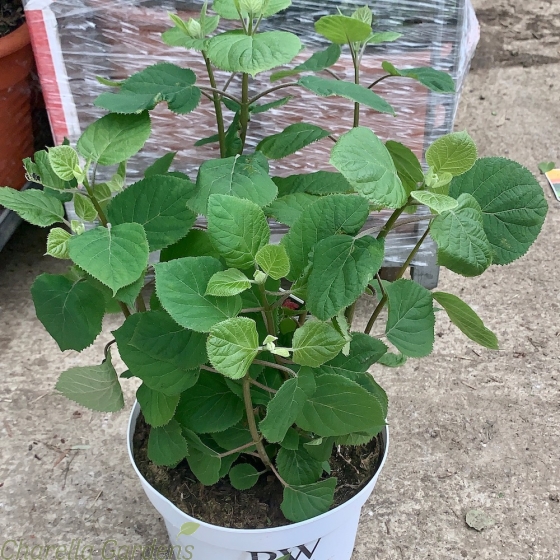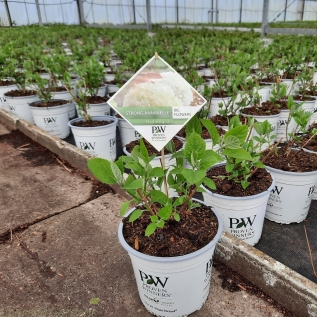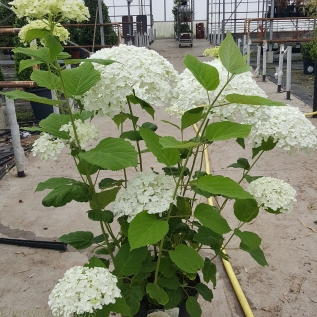Planting position: Best planteed in full sun, never close to a tree. Tree roots are the dominant force and will deprive your hydrangea of the nutrition it needs
Suitable for container planting: Yes a great choice
Position: Full sun through to partial shade.
Soil: Happy in all soil types excluding heavy clay
Eventual Height at maturity: Upto approximately 1m with a similar spread.
Flowering Period: Summer through autumn
Winter Hardy: Yes. However be aware whilst extreme frosts will not be fatal it may damage the buds this will almost certainly result in smaller flowers, whilst this isnt relevant to plants that are going to live in the south it may be advisable to wrap in a winter fleece in the colder parts of the Uk.
Pruning: Cut your Hydrangea back to a strong pair of buds in early spring after the frosts have cleared, can be cut earlier if planted in a pot and can be sheltered from the worse of the winter weather.
Hydrangea plants do not like to dry out. In dry weather thouroughly soak the roots with a hose or watering can. If the plant is accidentally allowed to dry give the roots a good soaking and the plant will usually recover. Remove faded flowerheads in spring once we have passed the worst of winter weather, cut back the flowered stems to a strong pair of buds. remove any misplaced or diseased shoots. Mulch young plants with a well-rotted manure or compost in spring. Once established, remove a quarter to a third of the shoots to the base of the plant















